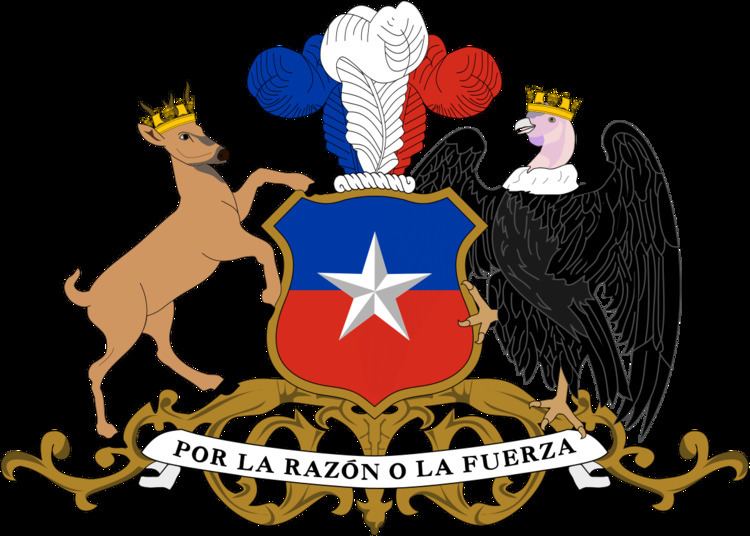 | ||
{grammar|date=January 2017}}
Contents
The Constitutional Court of Chile (Tribunal Constitucional de Chile in Spanish) is a constitutional court of Chile. It's not part of judiciary branch and is funcionally independent of the National Congress and the president.
History
The Constitutional Court was created in 1970, under the Constitution of 1925 rule. In 1973, after the coup d'etat, is dissolved, but the 1980 Constitution reinstated it.
Until 2005, many members were designed by the National Security Council (a civic-military committee).
Attributions
According the Chilean constitution, its principal attribution is the to rule on whether laws that are challenged are in fact unconstitutional, i.e., whether they conflict with constitutionally established rights and freedoms. This function not only applies to legislative acts, but also judicial decrees (autoacordados), presidential decrees (Decretos con Fuerza de Ley), or even ordinary decrees when the Comptroller-General not authorizes his validation for constitutional issues.
Also, the Court has attributions in referendum convocatories, declaring illegal groups or parties which seriously violate the institutional order, deposing parliamentarians who seriously infringe the constitution, resolving conflicts between first-instance courts and administrative agencies, and many others.
Ministers
The Constitutional Court is composed by ten members, called Ministers:
Members have nine-year terms, renewed by thirds every three years, and can not be re-elected.
The Constitutional Court can work as a United Court (Pleno) or divided in two Chambers (Salas).
For the event that a quorum is below the legally required, deputy ministers (ministros suplentes), or adjunted attorneys (abogados integrantes) are designated.
The court's president has the power to break a tie.
